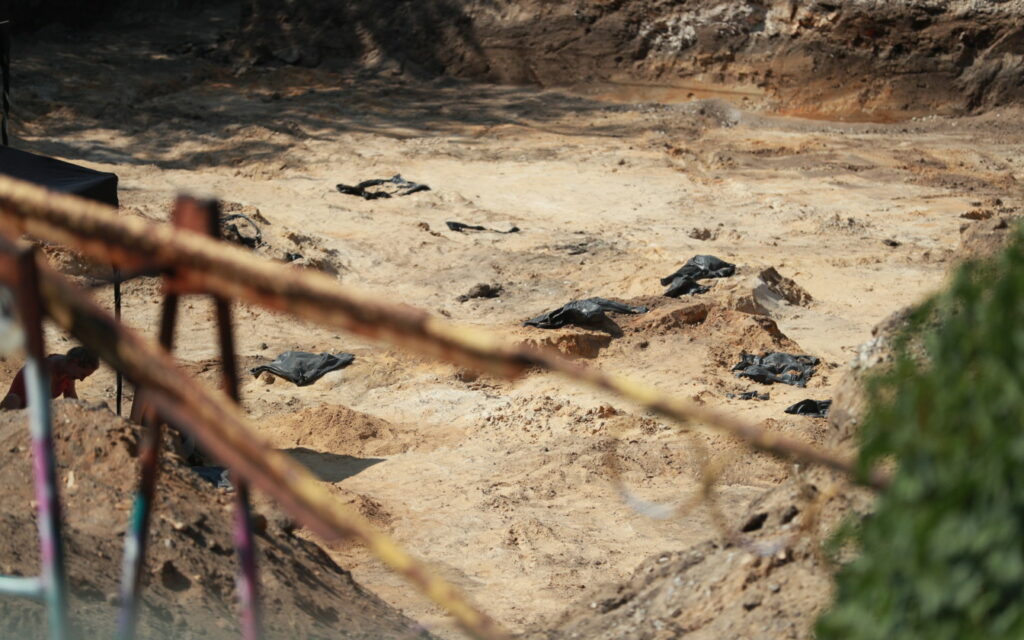Early Viking-era Brooch Uncovered in Estonia
One of two such items found in Estonia is a fully preserved early Brooch from the Viking era located in North-East Estonia this spring.
The bronze-box brooch was found in a village located in Ida-Viru, Varja. It’s thought to have been a woman born on Gotland, who moved into Estonian territory later in her life.
The archeologist Mauri Kiudsoo, keeper of the Tallinn University archeological investigation collection (TLÜ) told BNS that the brooch found at Varja was cast as a single piece.

Kiudsoo said that the decorative item has been completely preserved with only slight damage to the surface probably due to the cultivation of land, The pin, which was apparently made of steel, is also missing.
He added that the technical execution of the brooch is indicative of the earlier Viking era.
According to Indrek Jets, a researcher familiar with the period’s ornament styles, the animal ornament on the brooch represents the so-called Broa style, allowing for it to be dated to the end of the 8th or the 9th century.
The brooch was found on the fringes of a former wetland, where a lone farmstead was likely located during the Viking era.
Kiudsoo explained that the village of Varja is situated in the northeastern part of the ancient parish of Askälä and that this region on Estonia’s northern coast, between Purtse River and the present-day city of Kohtla-Järve, stands out for its exceptionally rich archaeological find material. The Eastern Route, an important Viking-era trade route, ran along Estonia’s northern coast.
The archaeologist said that he believes that the brooch found at Varja belonged to a woman born on the island of Gotland, who took up residence in the Viru region of Estonia later in her life.
Supporting this hypothesis is the fact that similar decorative items were in widespread use in Gotland during the Viking era, but are not common elsewhere.
Kiudsoo said that hundreds of box-shaped brooches like the one recently found in Estonia have been found in Gotland.
Unlike items belonging to warriors, women’s decorative items of Scandinavian origin are rarely found in Estonia.
The only box-shaped brooch found here to date, which was found in Kasari in Western Estonia, has yet to be handed over to the Heritage Board. Unlike the item found in Varja, this brooch can be dated to the later period of the Viking era.





